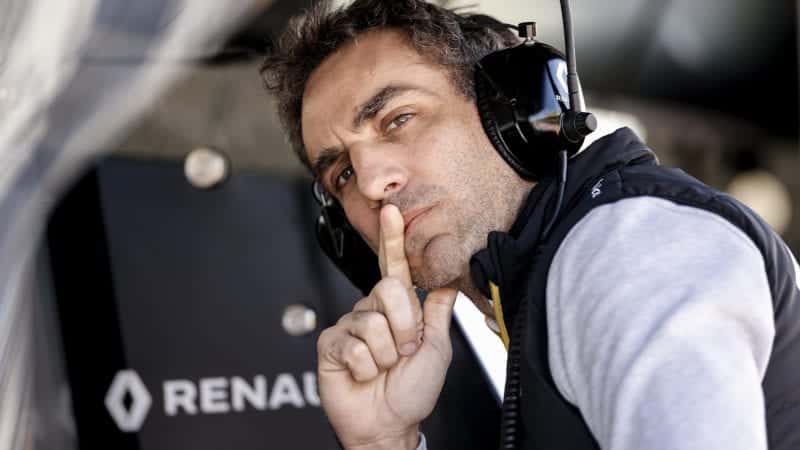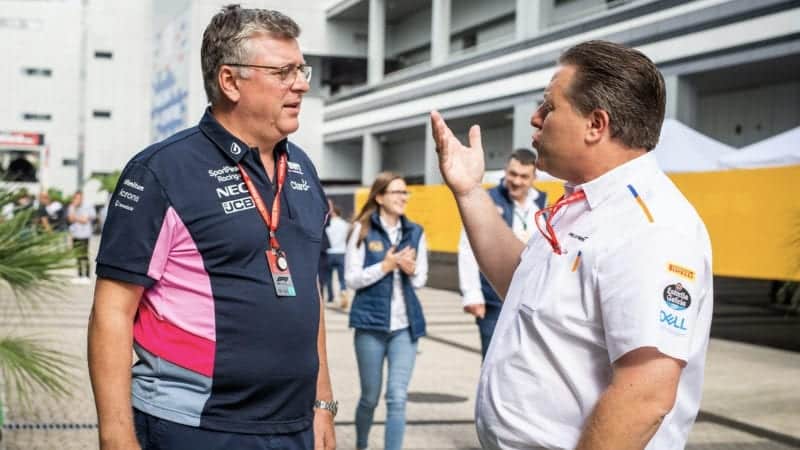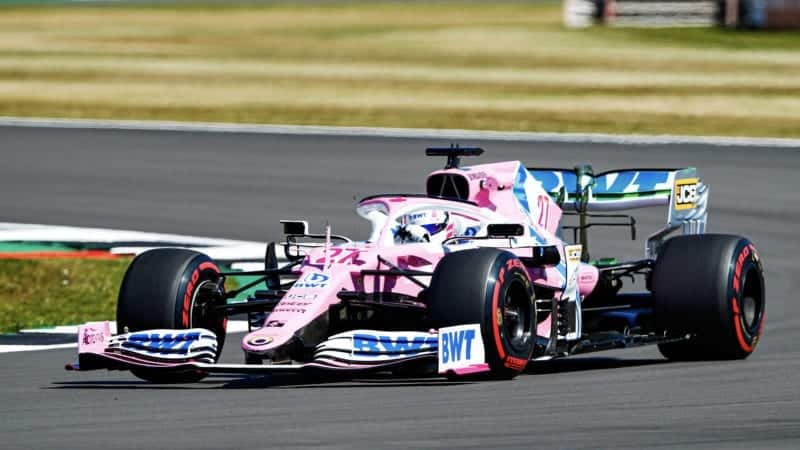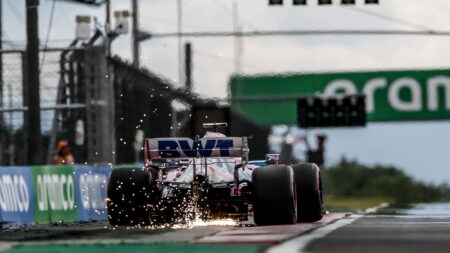In the decision document, the FIA confirmed that the brake ducts could continue to be run in the same specification for the rest of the season, and that there would only be reprimands each time even though they would remain in breach of the Sporting Regulations.
“It would be very unreasonable to expect Racing Point to forget their knowledge and to design again from a clean sheet of paper from scratch, because designs never work that way, they always start with existing knowledge,” the FIA’s head of single-seater technical matters Nikolas Tombazis said. “So somehow to expect them to do something completely different would be very unreasonable. It would also be very difficult for us to ascertain whether something is sufficiently different or not, so that would be quite an unreasonable expectation.”
But that now throws up the scenario of a team being found to have designed a part illegally, punished for using that part in a race, and then being told it can continue using that part in future despite it continuing to be a regulations infringement, with no ongoing consequences or penalty.

Cyril Abiteboul: assessing an appeal
DPPI
As you might expect, many teams are not happy. Renault managing director Cyril Abiteboul was particularly reserved in his response, especially given the fact his team were disqualified from the Japanese Grand Prix results for a breach of Sporting Regulations and made to change the offending brake bias system after a protest by Racing Point last year. But he made it clear that his team will be analysing their options before potentially launching an appeal.
All teams have 24 hours to register an intention to appeal against the decision, and then 96 hours to confirm whether they want to proceed with that appeal or not. And Abiteoul is not the only one analysing his options.
“Obviously it’s a 14-page verdict and I think we need to go through it very carefully and pay attention to what has been written,” Ferrari team principal Mattia Binotto said. “Certainly one thing that is important is that there has somehow been a breach of regulations, that is a starting point. That relates to the brake ducts but there is a whole concept behind that is about copying and if we are allowed to copy or not.
“They claimed that they had copied the car via photography. It’s clear from reading the document that that is BS”
“Two things need to be split on the brake duct there is a breach of regulation and that has been clarified. Is the penalty sufficient enough? Again I think we need to go carefully through the 14 pages and there are 24 hours in which to lodge an intention to appeal. As Ferrari, we will be very careful in understanding and then deciding the next step.”
It might be somewhat ironic that Ferrari are considering taking the matter of a sanction relating to a car’s legality further with the FIA given the past year’s power unit developments, but perhaps that explains why Binotto was less strong on the topic than McLaren’s Zak Brown.
“My initial reaction is Racing Point has been found guilty,” Brown said. “I am concerned that they still have what was deemed illegal in Austria on the race car now. I think that is confusing for the fans, how is something that is not legal in Austria still on the car?
“Around this whole copying, obviously they claimed that they had copied the car via photography. It’s clear from reading the document that that is BS. And therefore you have to question everything else around that car. I think this is potentially the tip of the iceberg, the starting point of what has happened here.
“I don’t think it’s healthy for the sport. The constructor gets a penalty but the drivers don’t. As the teams we all compete with each other, but then the drivers compete with each other and are able to keep their points when driving for the drivers’ championship.
“I think it’s thrown up a lot more questions than answers and there is new evidence that we are able to see. It is something that we are going to review quickly so that we are able to understand the process and if that’s something we want to potentially participate in.”
Far from providing clarity, this decision has just opened up a can of worms.



